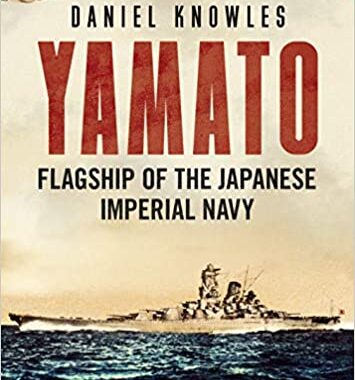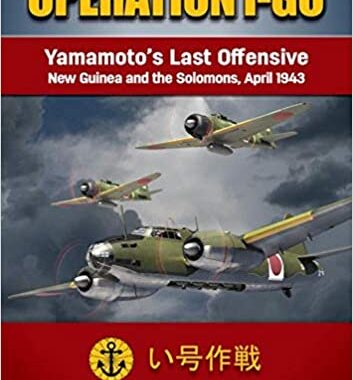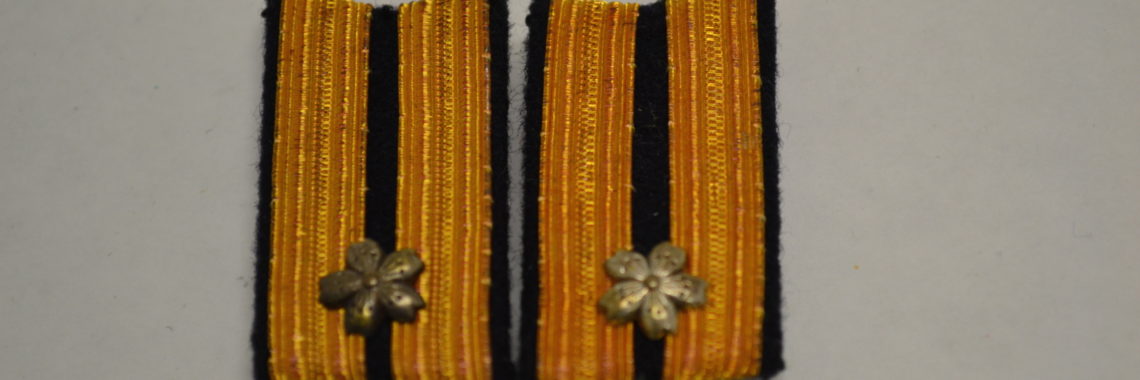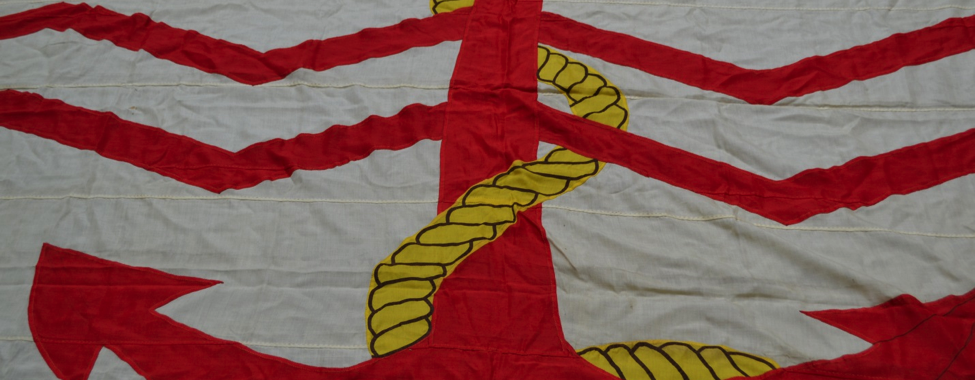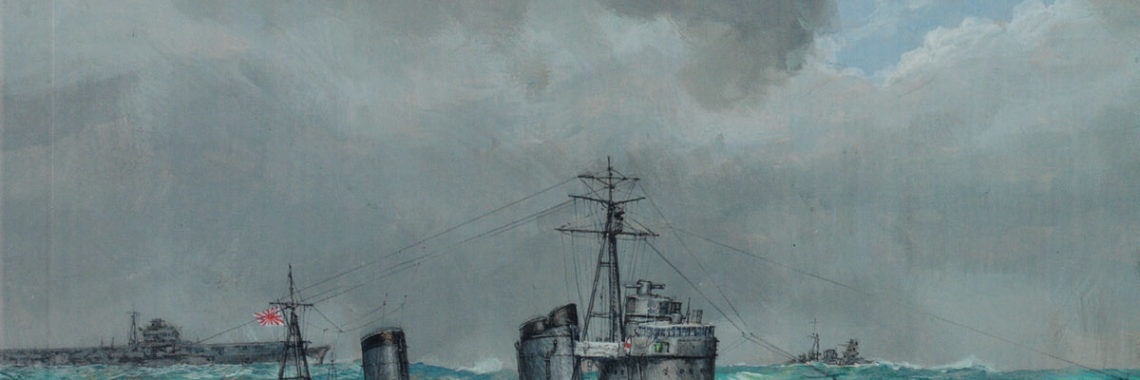Yamato: Flagship of the Japanese Imperial Navy
Reviewed by Ed Calouro A long evolutionary arc traces the design and development of metal battleships. It generally dates to the Battle of Hampton Roads in 1862 between the ironclads USS Monitor and the CSS Merrimack (Virginia). Surely, the behemoth super dreadnoughts of the Yamato-class sit at the apogee of this arc. At 63,315 tons

